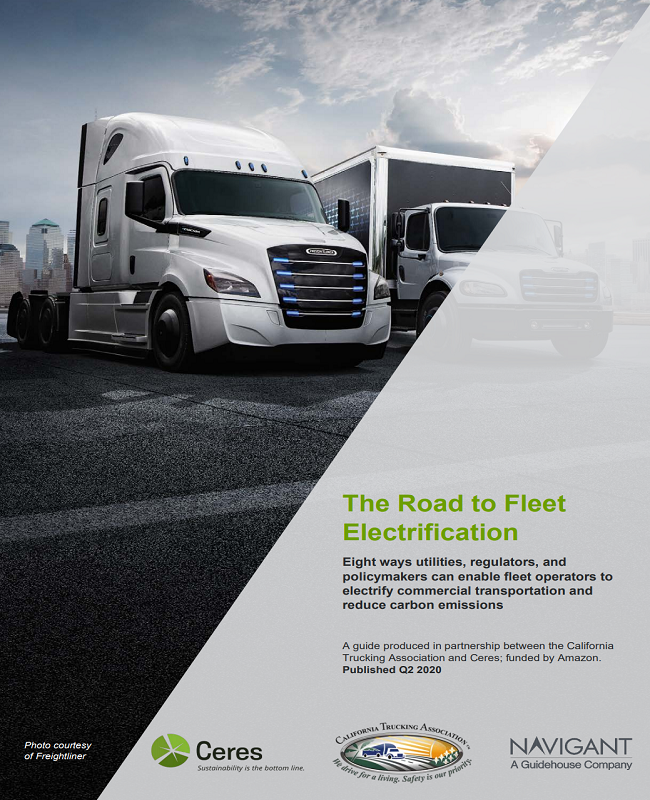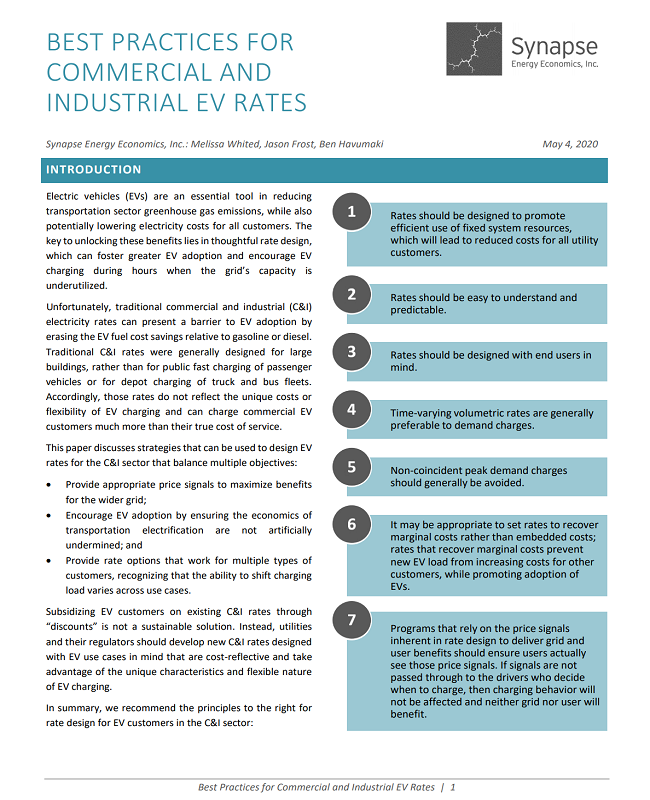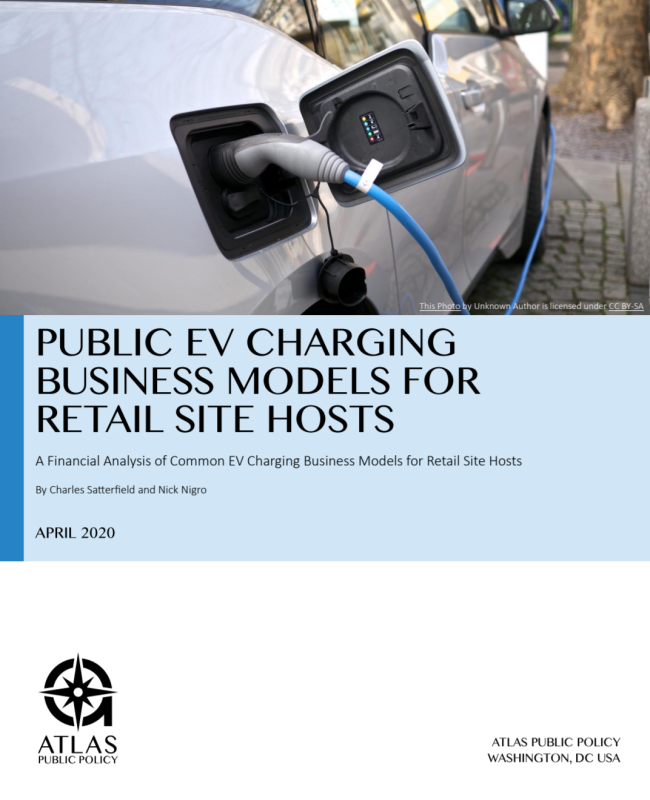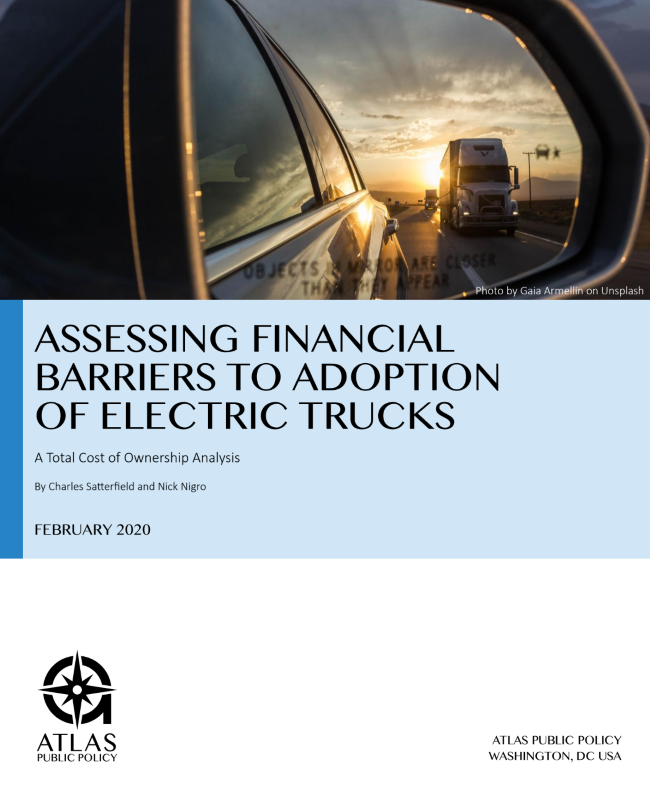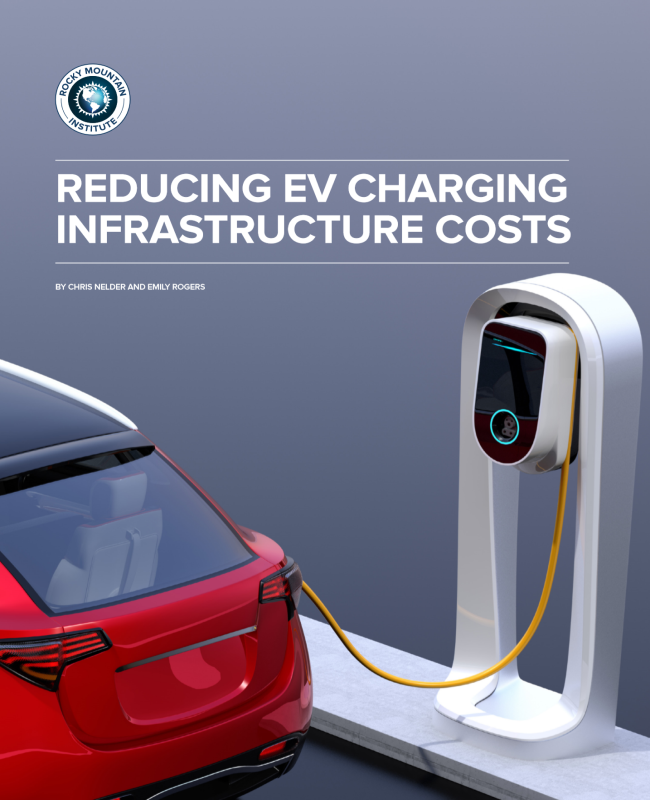The Road to Fleet Electrification
Conner Smith2020-05-20T15:03:32-04:00To help fleet operators unlock the full benefits of fleet electrification, the California Trucking Association (CTA) and Ceres collaborated with the global research firm Navigant Research, a Guidehouse Company, to conduct a survey of companies with early fleet electrification projects.
